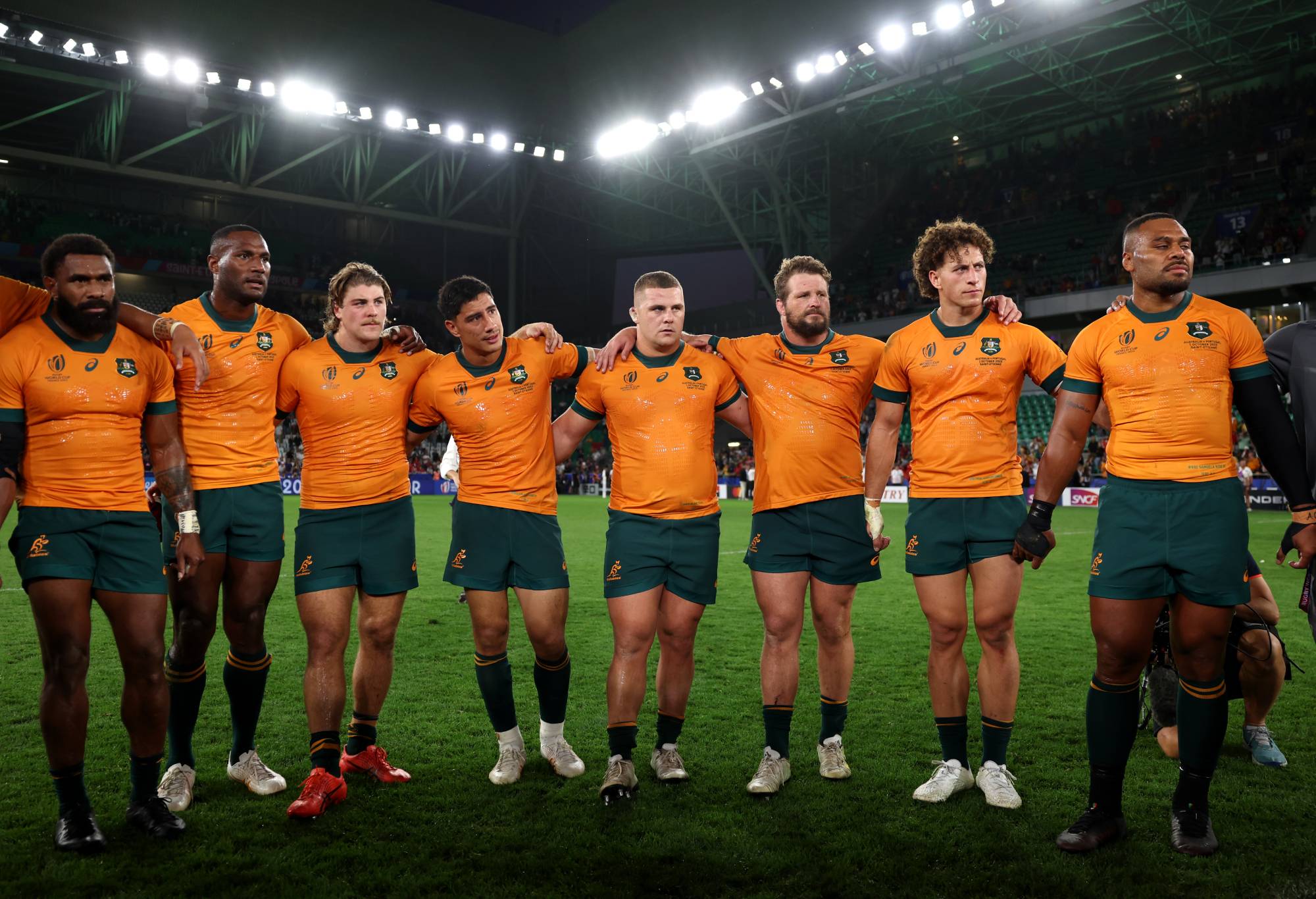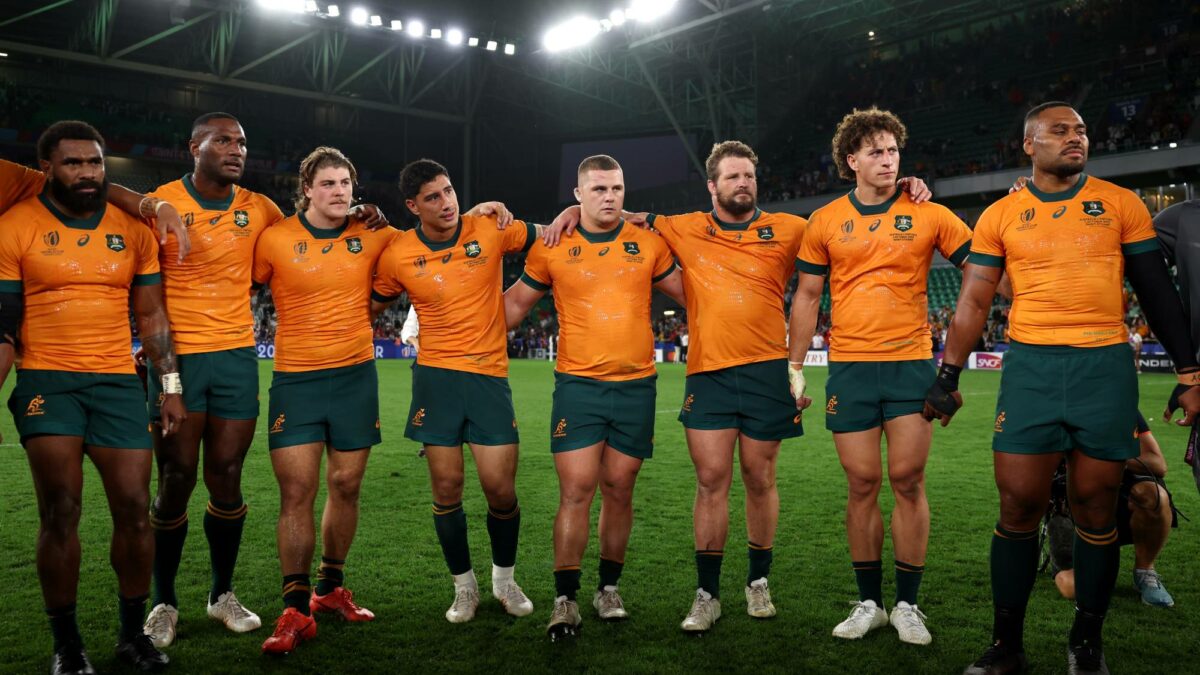There has been a considerable debate about new Wallabies’ coach Joe Schmidt’s decision not to pick from the group of players who are departing Australian Rugby in his first squad selection for 2024.
There has been a similar amount of contention about what the loss of these players from the Australian Rugby set-up will cost us in terms of the Wallabies’ performance on the field.
Most of that argument has revolved around the individual skillsets and talent resident in individual players, and how the loss of their individual skill and proficiency produces a deficit in the playing group’s combined performance.
These are all perfectly valid conversations to be having; the accumulation of sufficient talent and skillsets does have a quantifiable effect on overall performance.
However, this is not the only variable in high performance.
Any successful CEO or business leader will tell you that performance is never related solely to the inherent qualities of the individual or product but is driven by the need to compete in the marketplace.
Competition is what drives the need for improvement more than any other factor – and because it is an infinite rather than a finite game, it drives the need for continuous performance in perpetuity.
Performance is not an outcome, it is a trend, and it relates directly to the competition.
What does this all mean for Australian Rugby and the Wallabies? Well, firstly I would suggest that we need to start seeing past just the ‘goodness’ of any individual player and look at how we create competition in the Australian Rugby marketplace which will drive increased high-performance trendlines.
It has to be more than just the recruitment and retention of talent, it’s just as much about how that talent is continually optimised in competition with and in response to other talent.

(Photo by Chris Hyde/Getty Images)
Secondly, It’s interesting that much of the argument around the demise of the Melbourne Rebels has been about whether Australian Rugby has the ‘depth’ to support five Super Rugby teams.
There has been almost no argument about the loss of competitive incentive that more teams provide.
Instead of there being five fly-halfs, half-backs, hookers and No 8s running around in competition with each other for Wallabies honours, now there are only four.
Now that Joe Schmidt has removed any players from overseas from the competitive conversation, he is effectively saying to the four players in each position, you only have to be better than the other three.
Reduced competition reduces performance.
Noah Lolesio realistically only has to ensure his percentages are better than Tom Lynagh’s and maybe Ben Donaldson’s, he doesn’t have the added complexity (and motivation) of having to also consider and cover off on Quade Cooper, Bernard Foley, Zack Holmes, Isaac Lucas and Carter Gordon’s performance and percentages.
They are not competitors in his marketplace.
In many ways, this is where New Zealand has the advantage over Australia.
Kiwis are not necessarily genetically better Rugby players than Australians, but they do have greater depth.
This depth is not so much just a function of the number of players they have, but also the number of teams and competition levels they run around in.

Australia celebrates victory during U20 The Rugby Championship. (Photo by Albert Perez/Getty Images)
To be an All Black requires you to outperform and outcompete a much larger number of competitors at school, club, provincial and Super Rugby levels.
To do so requires the individual player to be constantly looking to raise their individual performance trendiness above those around them.
It’s not just about how good you are, it’s about all the other players around you trying to be better than you. The same can very much be said about rugby league in Australia.
More than anything it highlights the need for a broad-based, well-run and highly competitive domestic rugby competition, similar to but better than the NRC.
As well as not having to look overseas at his competition, Noah Lolesio does not have to look over his shoulder at the ten to fifteen NRC-level No. 10s running around trying to take his spot in the Brumbies.
So what incentive does he have to continually raise his performance trendlines, he is arguably already the best in a very small and diminishing marketplace.
In the meantime, it wouldn’t hurt Joe Schmidt and RA to place as many players as possible in the competitive marketplace for Wallabies spots as soon as possible.
More importantly, heading into 2025, ensure the policy is clear at the beginning of the season; if you want to be a Wallaby, you are going to need to be watching the performance of every competitor for your position across the world.
That means in every competition regardless of whether they are already Wallaby-capped, not just the other three Australian Super Rugby teams.
To borrow a quote: “Competition is always a good thing. It forces us to do our best. A monopoly renders people complacent and satisfied with mediocrity”.
Mediocrity and Australian Rugby have been synonymous for much too long.

